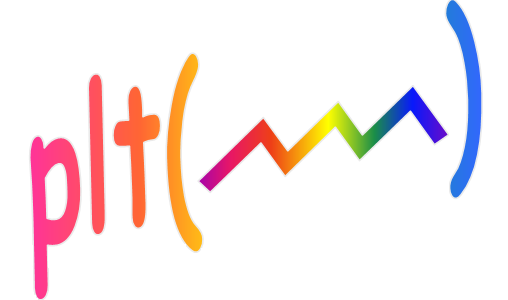








 As soon as you click on the pink box, the box changes to the blue(ish) color shown here. The color of the box is of
no consequence other than to give you some visual feedback that you have successfully clicked on the box and that the
workspace variables were created. If you click on the box a second time it will change back to the original color
and the workspace variables will be updated to reflect the new data in the cursor data window (which may be
different if you have moved the cursor, resized the window, or edited some data values, for example).
As soon as you click on the pink box, the box changes to the blue(ish) color shown here. The color of the box is of
no consequence other than to give you some visual feedback that you have successfully clicked on the box and that the
workspace variables were created. If you click on the box a second time it will change back to the original color
and the workspace variables will be updated to reflect the new data in the cursor data window (which may be
different if you have moved the cursor, resized the window, or edited some data values, for example).













| ● | The first advantage is that you don't have to enable the menu bar (which will usually start out hidden). |
| ● | The second advantage is only apparent when the traces are distributed among two or more axes. This will happen when either the subplot parameter or the Fig parameter has been used. Usually, there will be a separate Yaxis edit box for each axis containing traces. Right click on the Yaxis edit box associated with the traces or cursors you want to modify. (The dialog box only edits traces or cursors from a single axis.) When using the menu bar to open the properties dialog box you must be careful to first click on the axis containing the traces or cursors you want to modify. Otherwise, the wrong dialog box may be opened. |
 For example, suppose we are running the demo program subplt.m (shown here), which has 3 traces on the main (lower) plot
and two more traces, each on the two subplots. Now RIGHT click on the Yedit box associated with the lower
plot. That's the one to the right of the "y:" label with a green background - matching the trace color of the
active cursor which is on the first trace (with the trace name "Square").
For example, suppose we are running the demo program subplt.m (shown here), which has 3 traces on the main (lower) plot
and two more traces, each on the two subplots. Now RIGHT click on the Yedit box associated with the lower
plot. That's the one to the right of the "y:" label with a green background - matching the trace color of the
active cursor which is on the first trace (with the trace name "Square").




